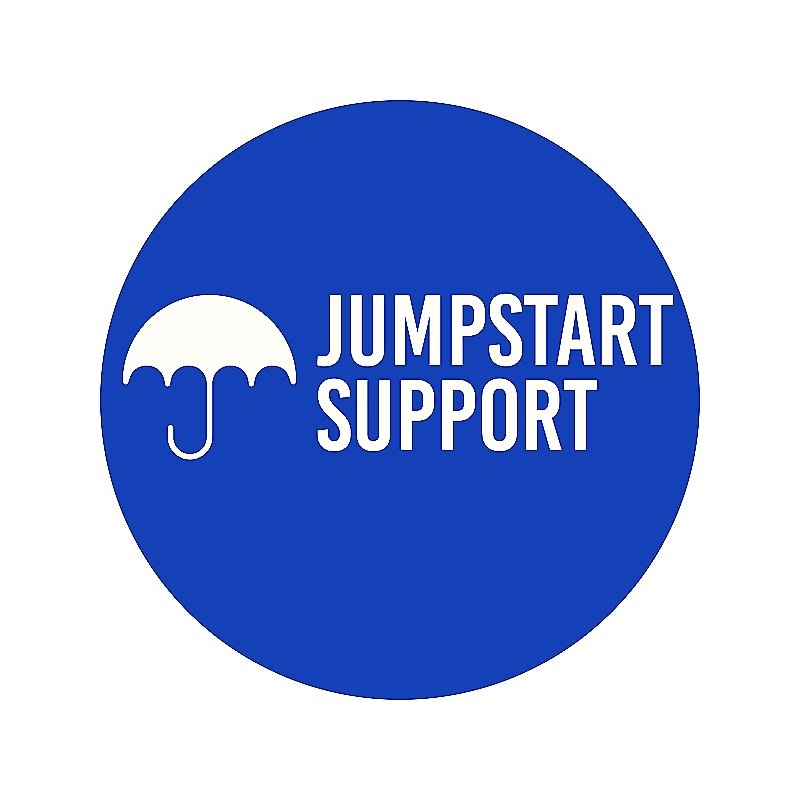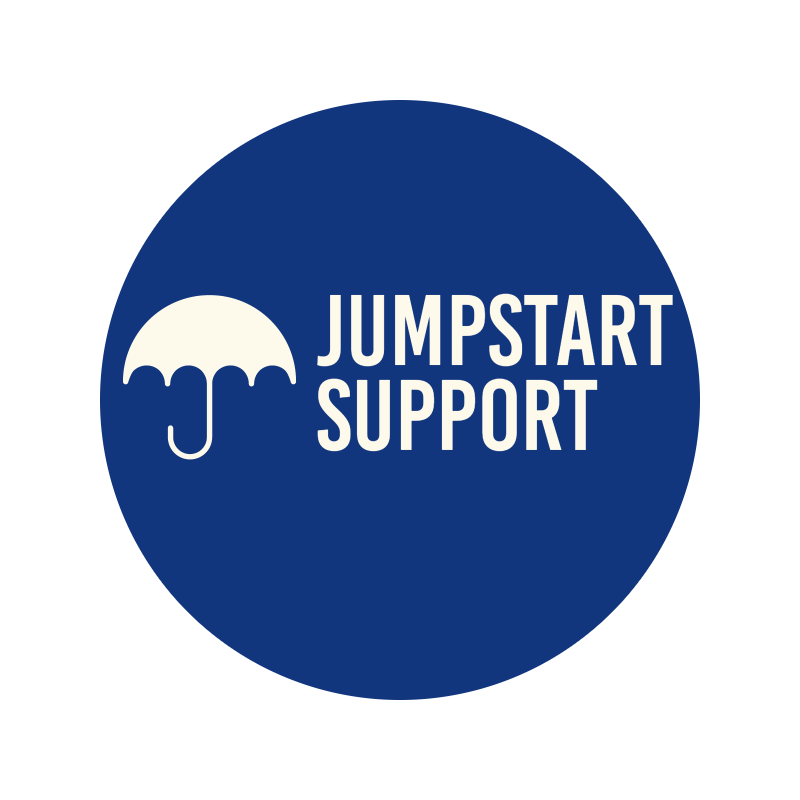Measuring Success: Metrics for Assessing Neurodiversity Initiatives in Recruitment
In the modern workplace, diversity is recognized as a key factor in driving innovation and increasing market competitiveness. Central to this discussion is the inclusion of neurodiverse individuals, who offer unique perspectives and a variety of cognitive strengths. But how can we measure success in neurodiversity initiatives, particularly in the context of recruitment? In this blog post, we'll explore the metrics and best practices that can help organisations evaluate the effectiveness of their efforts to welcome neurodiverse talent.
The Role of Neurodiversity in the Workplace
The term 'neurodiversity' encompasses the range of differences in individual brain function and behavioural traits, addressing conditions such as autism, ADHD, dyslexia, and others. Incorporating neurodiverse employees into your workforce ensures that you benefit from a broader talent pool with a vast array of skills and ways of thinking.
The Business Case for Neurodiversity
Organisations that prioritise neurodiversity see clear business benefits, including increased innovation, improved team performance, and better problem-solving abilities. By fostering a culture of inclusion, companies can also enhance employee satisfaction and retention rates.
Advocacy at Every Level
Diversity advocates play a critical role in driving change within their organisations. Their passion and determination create pathways for neurodiverse individuals to enter and thrive in the workforce. Equally important are managers and Human Resources professionals who implement and oversee inclusive recruitment strategies.
Understanding Neurodiversity: More Than Just a Buzzword
To effectively measure the success of neurodiversity initiatives, it's crucial to have a thorough understanding of what neurodiversity encompasses and why it's valuable.
Defining Neurodiversity
Neurodiversity challenges the traditional view of 'normal' and celebrates the variety of ways humans can experience the world. It prompts us to re-evaluate our assumptions and appreciate the rich tapestry of human thought and behaviour.
The Benefits in the Work Context
In the workplace, neurodiverse teams excel at tackling complex problems and finding innovative solutions. They bring fresh perspectives and alternative methodologies that can often elude homogenous groups.
Measuring Success: Metrics for Your Neurodiversity Journey
Quantifying the impact of neurodiversity initiatives is not straightforward, but it is essential in order to gauge progress and understand the value that neurodiverse employees bring.
Quantitative Measures
Numbers can offer a clear picture of recruitment success. Tracking the number of neurodiverse individuals in the applicant pool, at various stages of the recruitment process, and ultimately in the workforce can show gains over time.
Qualitative Assessment
Going beyond numbers, qualitative data provides insights into the experiences, satisfaction, and impact of neurodiverse employees. Feedback, stories of success, and anecdotal evidence all have a place in the assessment.
Real-Life Examples
Consider what other companies are doing to measure their neurodiversity initiatives. Learn from leading organisations who have firsthand experience in this area.
Best Practices in Neurodiversity Recruitment
An effective neurodiversity initiative extends beyond recruitment numbers; it is about building a supportive environment where all team members can thrive.
Inclusive Job Descriptions and Processes
Job descriptions should focus on skills and competencies rather than specific qualifications that may unintentionally exclude neurodiverse candidates. Similarly, the application process should be designed to minimise barriers and offer multiple ways for candidates to showcase their abilities.
Reasonable Accommodations
To provide a level playing field, ensure your recruitment process includes accommodations for candidates who may need them. This could be as simple as offering a quiet space for interviews or allowing more time for online assessments.
Interviewing and Onboarding
Tailor the interview process to assess skills in a way that is comfortable for the candidate. Effective onboarding is crucial; it should support the transition into the company and offer tools for success in the new role.
Case Studies of Neurodiversity Done Right
By looking at examples of successful neurodiversity initiatives, we can learn what works and replicate those strategies within our own organisations.
Case Study 1: Tech Giant's Autism at Work Programme
This pioneering program has led to a significant increase in the number of autistic employees, with positive outcomes for both candidates and the company.
Case Study 2: Consulting Firm's Neurodiversity Hiring Strategy
By implementing tailored interview and skills assessment methods, this firm has successfully integrated neurodiverse employees into their teams, resulting in enhanced performance.
Tools and Resources for Neurodiversity Recruitment
A variety of tools and resources can support the recruitment of neurodiverse talent. Leveraging these can streamline processes and ensure inclusivity.
Technological Solutions
From AI-powered resume screening to virtual reality tools for interview simulations, technology can boost the efficiency and fairness of the recruitment process.
Employer Guides and Toolkits
Numerous guides are available to help organisations create inclusive hiring practices. These offer practical advice and strategies for reaching out to and supporting neurodiverse candidates.
Workshops and Events
Participating in workshops and events dedicated to neurodiversity can provide additional insights and networking opportunities with other organisations on a similar path.
In Conclusion: The Ongoing Journey of Neurodiversity Inclusion
Neurodiversity inclusion is not a checkbox exercise but an ongoing, evolving process. It requires commitment, patience, and the willingness to learn and adapt.
The Imperative for Change
The moral and business case for neurodiversity is clear. It is a strategic imperative for organisations looking to create a sustainable and forward-thinking workplace.
Taking Action
By setting specific goals, implementing the right practices, and tracking meaningful metrics, your organisation can become a leader in neurodiversity inclusion.
Sharing the Message
Spread the word and encourage others to join the neurodiversity movement. Engage with your community, share your successes, and advocate for change at every opportunity.
In the pursuit of creating a more inclusive workplace, the integration of neurodiverse talent must be a priority. By adopting the right measures and continuously refining our approach, we can build a working environment that not only welcomes but harnesses the power of neurodiversity. This is an exciting frontier in the diversity and inclusion landscape, and it is time for every organisation to step up and be a part of it.

